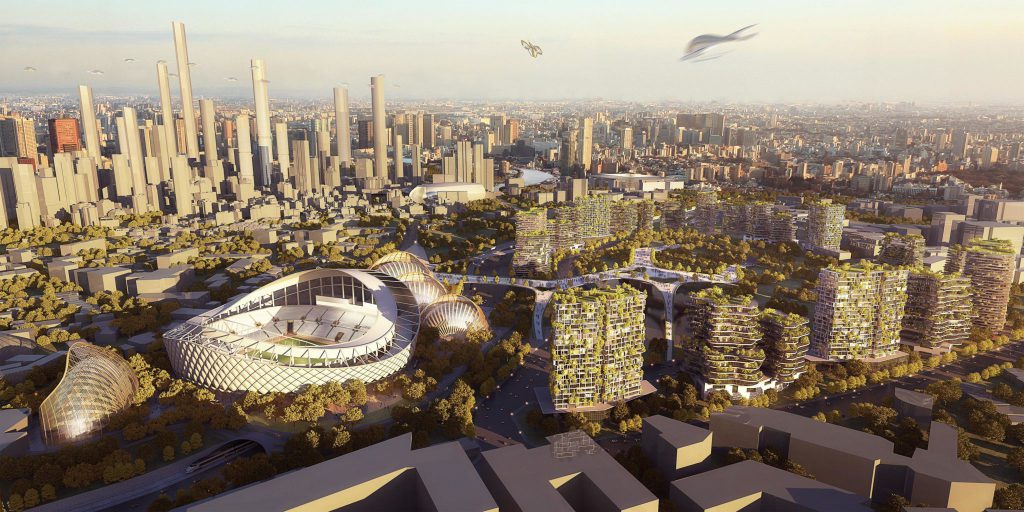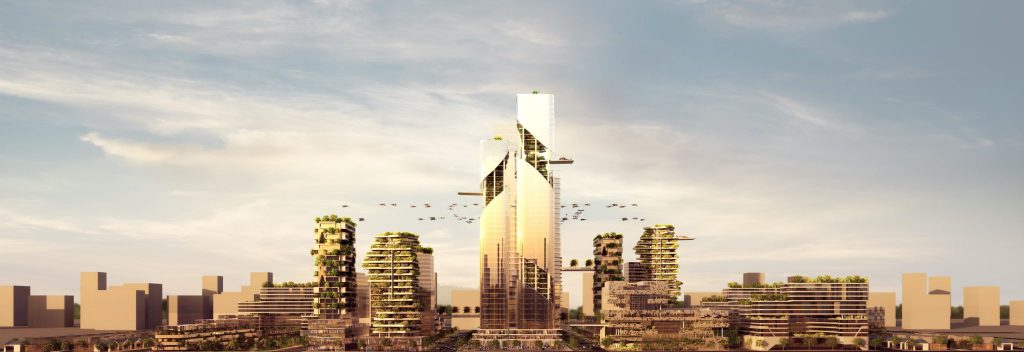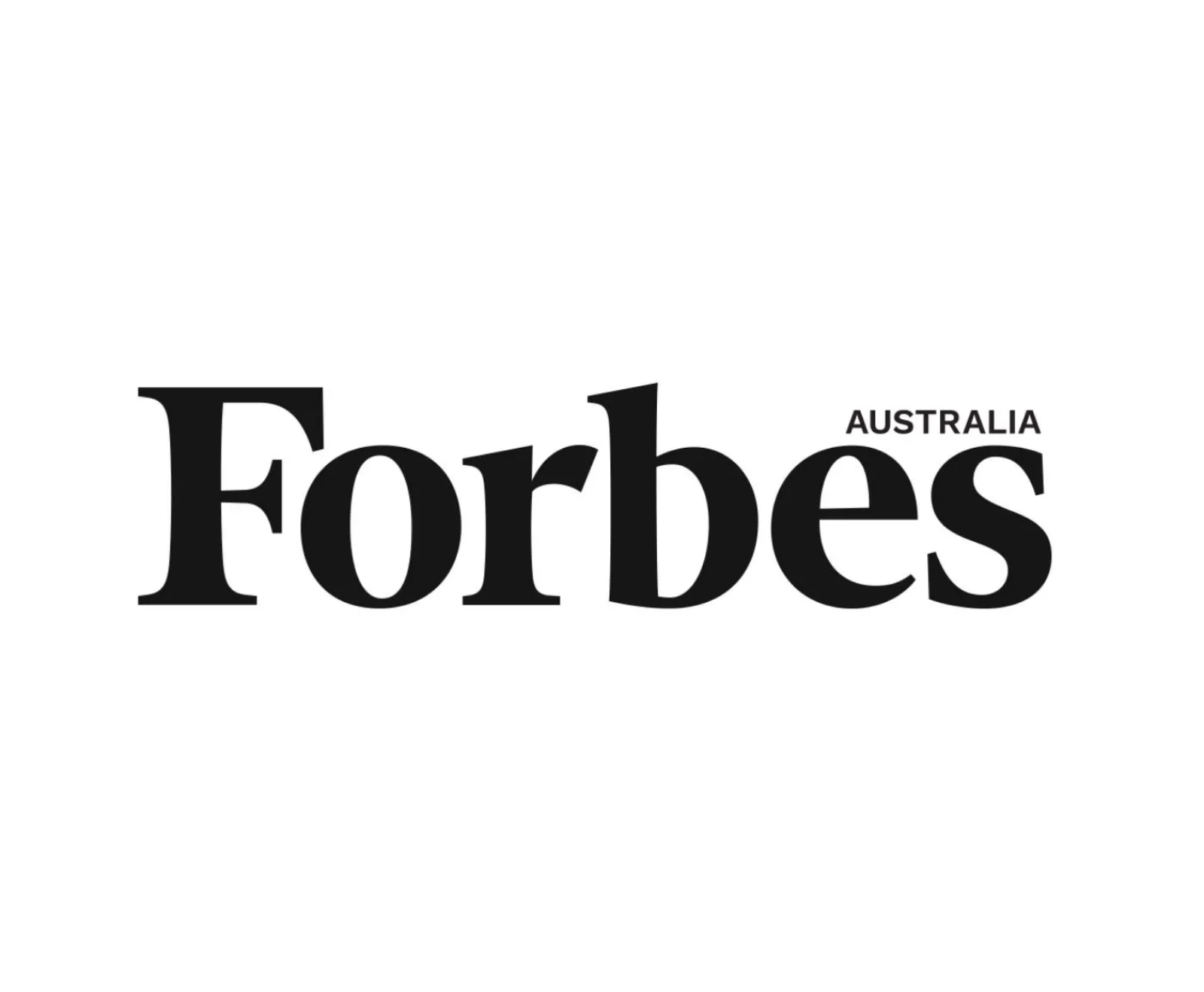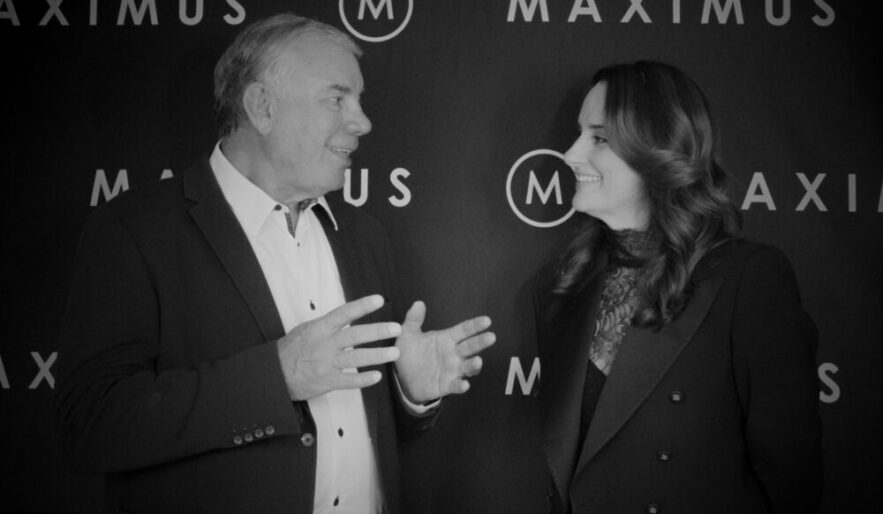Much is required of leaders when they embark on a project that’s enormous in scope and budget, with steep expectations and shallow patience. Some doubt that the Sydney Opera House and the Snowy River Hydro-Electric Scheme – two of Australia’s most notable construction feats – would even get built today, hamstrung by short-term political agendas. High-speed rail to connect the eastern-seaboard capitals has been talked about since the 1980s, but despite election promises and millions spent on feasibility studies, it’s most likely several generations from becoming reality.
Cities are congested and bursting at the seams, with overloaded road and transport systems. Infrastructure investments are necessary but the staggering price tags of the projects put more pressure on leaders. For example, the Sydney tunnel and motorway development WestConnex may cost as much as $45 billion, well over its initial budget. The push to nurture regional smart cities is genuine, but the dragging of corporate feet means it’s not happening as fast as it could.
To realise the ambition and scale of these projects, the incumbent leaders must dig deep into a range of technical and personal skills and evolve new ones. The ABC’s hit satirical comedy series Utopia, “about a group of people charged with building this nation – one white elephant at a time”, is biting and familiar enough to dent confidence, but infrastructure leaders need to rise above controversy and doubts, build future-focused collaborations and partnerships, and inspire multiple stakeholders and the public.
“There’s an opportunity for Australia to address this from a national perspective and set ourselves up to be something unique,” says Director of Maximus Brent Duffy. “As a nation, we don’t really have something that differentiates us. New Zealand has its environmental policies, Israel has tech; Australia needs something that we stand for as a nation. I think we could stand for being a nation that enables people to thrive. In health and in life. Building smart cities across the country to create a better, healthier, enabled way of life for all.”
An obvious place to start is energy, says James Keeler, Associate Director at Maximus. “While it’s highly contentious – some Australians are not motivated by the need to adapt – a drive from Sydney to the Snowy Mountains of NSW already showcases three sources of renewable energy: wind, solar and hydro,” Keeler notes, and it doesn’t end there. “Some Victorian farmers are turning their land over to solar panel and in Tasmania they’re turning their windswept hills over to wind turbines.”
Nations are getting ready for a fossil-free future and Australia has an abundance of renewable energy resources to meet its needs and export the expertise to the world.
“Smart organisations are recruiting experts in the field and will have the leverage to work with anyone embarking on new building and infrastructure projects,” says Keeler. “These organisations need to have the courage to make the investment in energy generation now knowing that it’s going to pave the way for a prosperous and cleaner future.”
Tim Blythe is managing partner at Urbis, a leading Australian consultancy firm focused on shaping cities and communities. It’s his job to think about finding new ways for cities to flourish. “Smart cities of course aren’t just about the technology, it’s about a range of things, including governance, partnerships and creating a sense of community,” says Blythe, who points to the Greater Sydney Commission’s work on building collaboration areas across the urban landscape as an example. “These collaboration precincts are encouraging partnerships between multiple stakeholders – from governments to the private sector – to come together to plan major urban-renewal projects and improve communities.”
Weaving the macro and the micro in this way is critical for success, according to Keeler. “Large-scale infrastructure is essential. And large-scale infrastructure requires leaders from all sides to have both the vision for what’s possible (which includes helping others see what’s possible) and a significant dose of self-belief and courage to execute it,” he says. “But we also need leaders to look at infrastructure at a micro level, to examine how it’s going to come to life across communities. This is a different type of courage: it’s the courage, interest and discipline to get involved deeply. As well as technology and physical structures, leaders need to be seen at the community level as co-collaborators in the design of their futures.”

Blythe is encouraged by the way federal, state and local governments have come together to work on the City Deals concept. “This is about partnerships across different government agencies to affect major changes in precincts, which is a key part of smart cities.”
City Deals aims to help ensure that fast-growing Australian cities and areas, including Adelaide and Hobart to south-east Queensland, develop into ‘better places to live in and do work’, and is a pillar of the government’s Smart Cities Plan.“
Australia is catching up in recognising the importance of infrastructure as a key lead in the creation of smart cities,” says Blythe. “Obviously, infrastructure is a major connector in a physical sense between housing and employment and bringing communities together, but economic generation is increasingly being recognised as a fundamental linchpin.”
Blythe applauds the shift to align economic generation with housing to accommodate population growth. “We need to provide employment opportunities and jobs for the future, and recognise the changing nature of employment in a knowledge-rich, innovation economy.” He says leaders working to build this bright future must work with “a composite of a whole range of different considerations”, such as how autonomous vehicles will affect work and life, to what architectural and building innovations might bring. “The increasing use of data means we know how people move around the city – more so than we ever did before – which informs and improves the accuracy of how we plan.”
To deal with the current landscape and future challenges, Urbis leaders are developing new skillsets. “We want our leaders to be creative, innovative problem-solvers, but more and more we also need them to be generalists,” explains Blythe. “In our firm, most of us are leaders because we are technical experts in our chosen fields; now we need to elevate ourselves to think about the broader complexity of the issues in front of us. We need to hone our ability to work across disciplines and a range of issues, not all of which are our own personal expertise, and we need the ability to unite different people and skills to solve challenges and problems.”
Blythe acknowledges that it’s a work in progress for Urbis leaders, but identifying the need to widen their outlook is the critical first step.
“I love the idea that everyone doesn’t have to live in a capital city – that we can make smart cities anywhere.”
– Brent Duffy, Director, Maximus
A REGIONAL PERSPECTIVE
At the other end of the spectrum from concerns around congested capital cities, Duffy says that leadership needs to evolve to realise the vision to revive Australia’s regional cities and to create modern communities with high-value jobs around them. “It’s in its early stages but there are a number of initiatives,” says Duffy. “Evocities is promoting seven regional hubs, including Albury, Orange and Wagga Wagga, trying to attract people to move out of Sydney to regional NSW. I’m quite passionate about it because I’m a country boy, and I love the idea that everyone doesn’t have to live in a capital city. That we can make smart cities anywhere.”
The challenge on this front is for leaders of large organisations to “lean into using Australia’s great asset of its vastness of liveable areas and encourage and maybe even mandate that all roles spread,” says Duffy. Telstra is the golden example of this with its 2013 All Roles Flex policy. “It became that you had to prove why any job at all had to be done in Sydney, Melbourne or Brisbane, rather than prove it could be done in a regional area,” says Duffy. “It was a big shift: we saw senior leaders in areas like Hobart, Bathurst, Tamworth thinking about future ways of working and leading across virtual teams – years later it is still a unique element of their employee value proposition.”
Duffy says these regional centres need more support to get things moving. “If we can collaborate between government and corporate Australia to drive population growth in some of these more regional areas, it could be an amazing opportunity to deliver something bigger for the nation. It could genuinely improve lifestyles and get more people living in a sustainable way while improving their work-life balance.”
If leaders step up, we might even see those centres and traditional capital cities connected by a high-speed rail network before our grandkids get old.

INSPIRNG PEOPLE TO DO THE EXTRAORDINARY
Jon Lamonte, Chief Executive Sydney Metro, shares his expert insights on the challenges of leading beyond the office desk.
“Leadership of enormous infrastructure projects requires a long-term view and tremendous conviction. The qualities leaders must have to be able to bring their own team and other stakeholders – governments, partners and communities – together, are ones that make people do extraordinary things. The leader’s role is to ensure the whole is more than sum of the parts. If there is one thing leaders must be able to do, it’s communicate the vision well: crafting a narrative around what is often a very complicated idea in a simple and yet compelling way. It has to move people to go that extra mile, and to be motivated to do extraordinary things. Baked into the nature and process of storytelling is the development and sharpening of a leader’s personal impact, ensuring the key messages are delivered each time and by building in feedback loops, constantly demonstrating the tangible impact of the work they do. Like any skill development, the important element is to keep practising, be open to being imperfect and actively work with someone who will give you honest and open feedback.”
This article was originally published in the 3rd edition of M Magazine, an exclusive print magazine aimed at inspiring and driving change through Australia’s executives and heads of HR.






